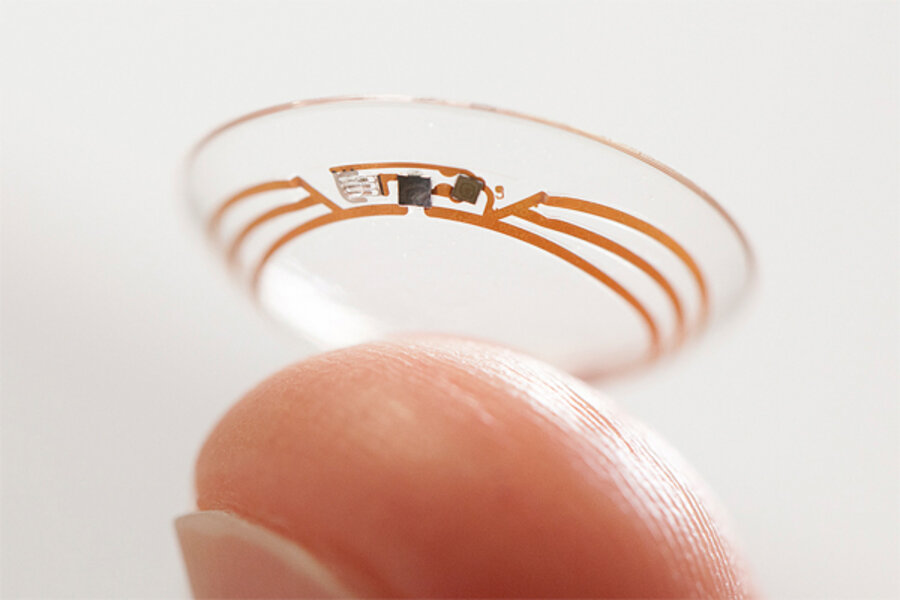Google develops diabetes-fighting contact lenses
Loading...
Google glass? Old news. A new form of Google eyewear could revolutionize the monitoring of a chronic disease.
On its blog Thursday, Google announced it has been working on a pair of contact lenses embedded with a glucose-monitoring chip that would replace the tedious finger-prick tests diabetes patients rely on today. The move, though likely years away from hitting the market, could mean a far more comfortable and accurate blood-sugar monitoring method for people with diabetes.
“Many people I’ve talked to say managing their diabetes is like having a part-time job,” write Brian Otis and Babak Parviz, smart contact lens project co-founders, on the Google blog. “Glucose levels change frequently with normal activity like exercising or eating or even sweating. Sudden spikes or precipitous drops are dangerous and not uncommon, requiring round-the-clock monitoring.”
Currently, that monitoring comes in the form of little finger-prick kits, that require people with diabetes to test their blood several times per day to monitor their blood-sugar levels, a process that is “disruptive and painful,” the two researchers point out. For years scientists have found that tears are an equally accurate measure, but access is difficult. Unless someone has a copy of “Sophie’s Choice” or “Terms of Endearment” on hand to muster up a sob every few hours, finger pricking seemed more feasible.
Until now. Google has developed a prototype of the lenses, which case two glitter-speck-sized chips with antennas thinner than the width of a human hair between two soft lenses. It would take a reading every second, and potentially there would be LED lights that change color when blood sugar levels dip too low or reach too high – all without any effort from the patient.
Google says on its blog that it is working with the US Food and Drug Administration as it develop the technology, and is seeking partners to further fine-tune the technology. There is even talk of developing apps that could make readings easier for the patient and doctor.
The project is still squarely in the development stages, according to Google, though they have done some clinical trials. But apparently Google was not the only outlet seeking eye-oriented solutions. Microsoft had actually worked on a similar project three years ago with Mr. Parviz, who at the time was working at the University of Washington.
Though this doesn’t bode well for Microsoft, the increasingly ubiquitous technology could mean significant improvements in the lives of diabetes patients.








